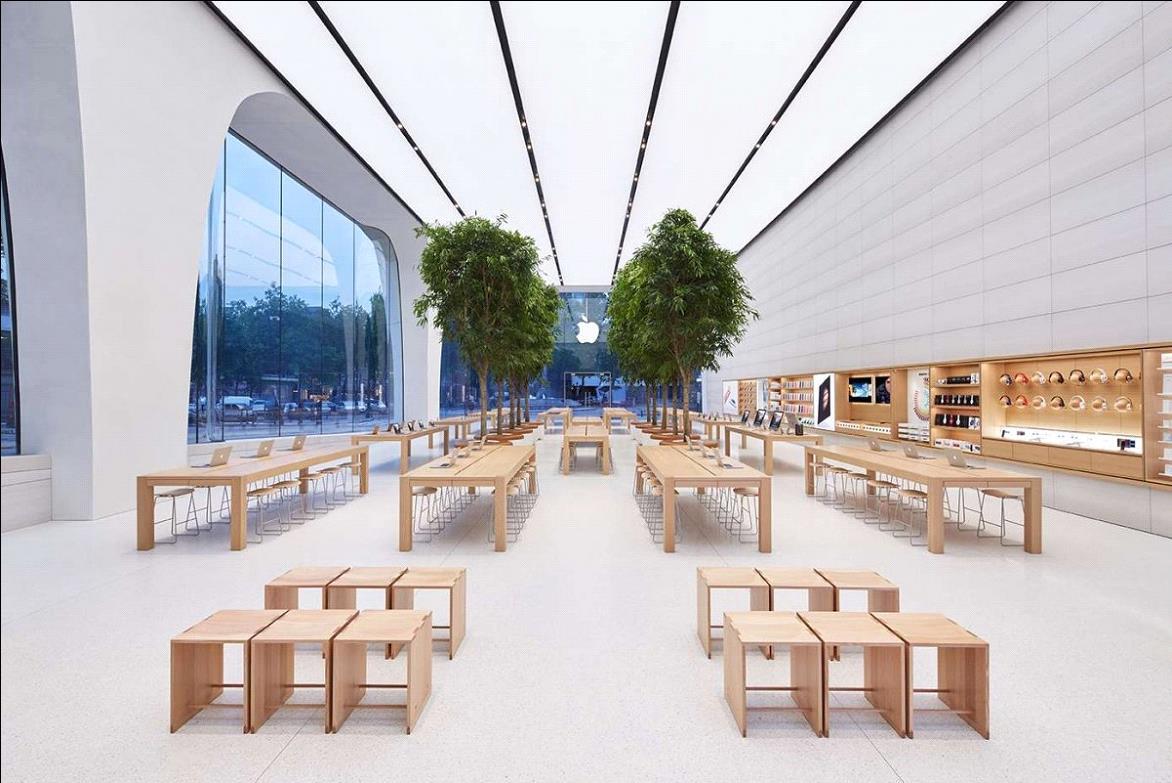Innovative ECO-SEE wall coatings offer natural air conditioning
james ling

If you have visited the new Apple store in Brussels then you would have seen first-hand the striking façades coated with white clay. Natural lime and clay based plasters are an increasingly popular choice among architects and homeowners due to their aesthetic appeal and sustainable credentials - clay plaster requires just 10% of the energy input of gypsum plaster and has 10 times lower embodied CO2.
On top of this, these materials are also known to improve the indoor climate of a building by helping to maintain a steady temperature and humidity level – important factors for occupant comfort. However, a lack of understanding and evidence has limited recognition of these effects within the construction industry.
In order to address this, producers BCB and Claytec teamed up with researchers from the University of Bath within the ECO-SEE project. By studying the characteristics of the plasters, together they were able to develop new mixtures, optimised to improve the indoor environment.
“As a result of the ECO-SEE collaboration we have more evidence to prove the benefits of lime plasters,” said Ronelvy Nivesse, R&D Manager at BCB, “this is important to help raise awareness in the construction sector and grow the market for eco-materials in Europe.”
Novel mixtures
The researchers found that, by adding plant based aggregates such as straw and hemp, the thermal conductivity and moisture buffering potential of the plasters could be greatly increased. The introduction of these additives increases the capacity of the plasters to adsorb and desorb water vapour. It also reduces the density, which improves thermal insulation properties.
The results obtained by the clay and straw mix were particularly impressive. “We achieved a 70% improvement in thermal resistance with constant moisture buffering properties. This shows the ability to develop tailor-made clay solutions with bio-based compositions,” explained Manfred Lemke, Project Manager at Claytec, “unusually, the mix was also made without sand – an increasingly scarce resource.”
Though the lime based plaster also achieved promising technical results, further testing is needed to find an optimal mix with acceptable mechanical properties.
Health and energy efficiency benefits
The results confirm the potential for these plasters to operate like a natural air conditioner, passively (ie with no added energy) regulating the indoor environment by improving thermal comfort and indoor air quality. This can help to cut the energy needs of buildings by reducing the need for air conditioning. More importantly it has a positive impact on occupant comfort and health. Keeping relative humidity in a safe range (between 40-60%) significantly reduces the risk of some health issues, especially respiratory problems.
Growing market
Already top architects have recognised the potential of the materials. The Apple store in Brussels is the work of world renowned office Foster + Partners, while Peter Zumthor also famously made use of coloured clay plaster for 6,000m² of internal walls in the new Kolumba Museum in Cologne. Given that Europeans spend 90% of their time indoors, solutions to make our buildings healthier and more comfortable places to be should be considered for mainstream use.
By James Ling, Greenovate! Europe
To find out more about the research conducted by the University of Bath, read the papers 'The impact of bio-aggregate addition on the hygrothermal properties of lime plasters' and 'Improving hygrothermal properties of clay'.
Learn more about the coating products currently available by visiting the sites of BCB and Claytec.
This project has received funding from the European Union’s Seventh Framework Programme for research, technological development and demonstration under grant agreement no 609234.



